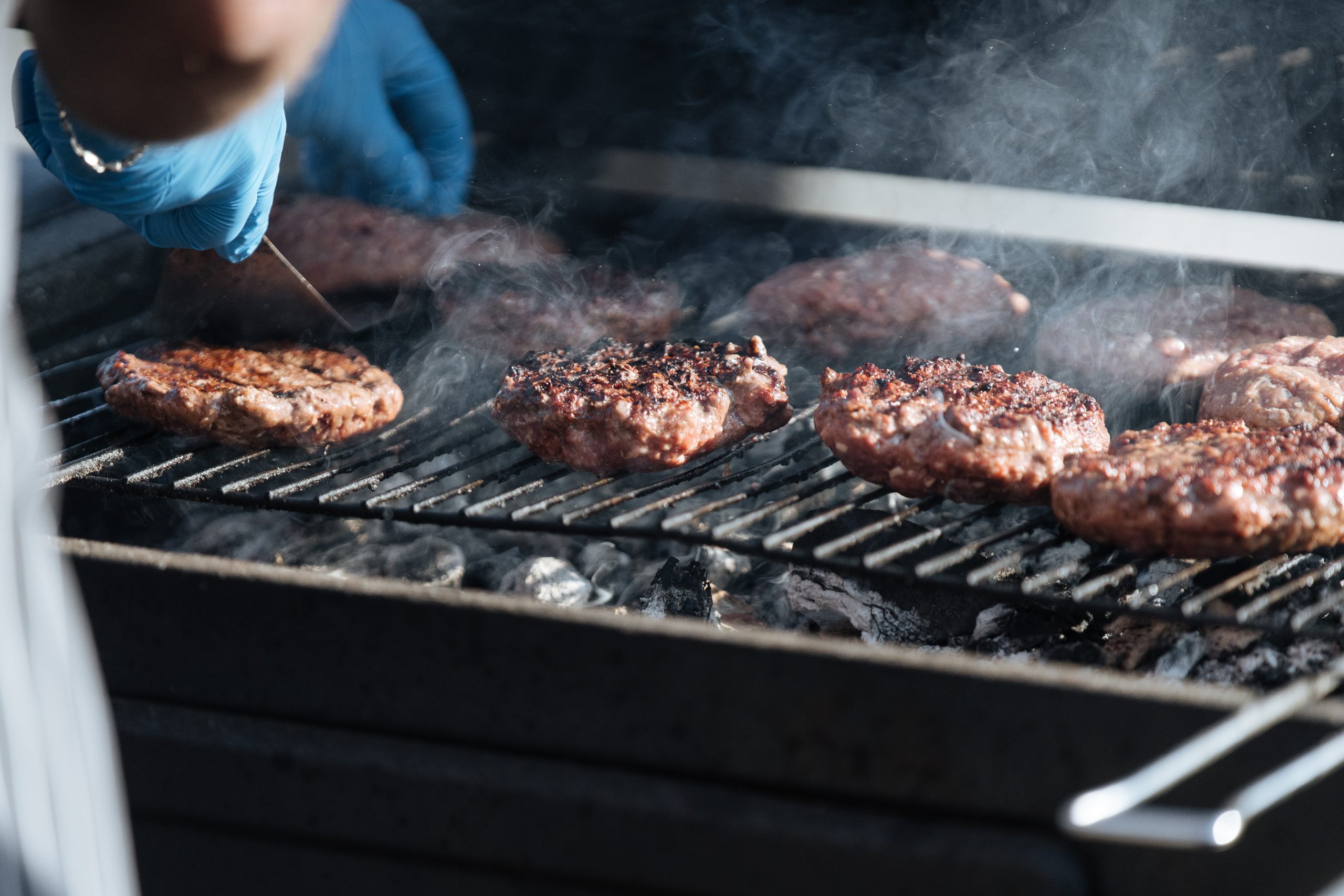Bord Bia: Prepared consumer food exports hit €3.4bn in 2024
The economic conditions in the UK will have the biggest impact on exports of Irish prepared consumer foods in 2025, according to Bord Bia.
The Export Performance and Prospects Report for 2024/2025, published this week by the national food board, shows that the prepared consumer foods sector continued to achieve value and volume export growth last year, against "a challenging macro environment".
Unlike 2023, when value was driven primarily by inflation, Bord Bia said that the 2024 data also shows volume increases.
The categories driving this growth included meal solutions at €685 million (+14%), bakery (bread, sweet bakery and biscuits) at €355 million, and carbonated and non-alcoholic beverages at €290 million.
Despite experienced historically high cocoa prices of over €11,000/t and ongoing concerns about supply the chocolate confectionery category still managed to deliver a value of €305 million.
The chocolate and sweet confectionary category saw exports increase by 6% in 2024 to €470 million.
The UK was the overall dominant market for Irish prepared consumer foods last year (69%), with exports valued at €2.3 billion, an 11% increase on 2023 with an "encouraging" volume increase reported.
Exports to the EU were valued at €765 million, a decline of 2% on 2023. The EU accounted for 23% of total exports in 2024, down from 25% last year.
Germany was the largest European market at €140 million, a 4% increase on the previous year.
The US was valued at €120 million, recording an increase of 5%, and represents almost 4% of total exports.
"The US market has provided good opportunities to a small range of branded products. However, it is an expensive market to service, and any implementation of tariffs would hamper future growth," Bord Bia said.
The Middle East provided a "solid market for some categories" and was valued at €25 million in 2024.
Value-added meats, the largest category within the prepared consumer foods sector, maintained steady exports at €860 million last year, similar to 2023.
"Given the range of categories within the sector and market channels, the performance narrative is neither linear nor uniform, but it is an overall positive one," the report stated.
Bord Bia said that value-added beef exports contributed €245 million in 2024.
Demand, particularly for grilling products, was negatively impacted by poor weather during the early summer across Britain and Europe. This was combined with a carryover of stock into 2024.
Key markets during 2024 included the UK, where sales declined by 2% to €125 million, while sales to the EU decreased by 6% to €120 million.
The UK continues to be the main destination for value-added pigmeat, accounting for over 70% of total exports.
Bord Bia noted that the ongoing cost-of-living crisis in the market was reflected in the slow growth in this category.
"European markets account for 19% of total value-added pigmeat exports and are showing a more positive outlook for growth opportunities," the report said.
However, it said that the forecast for this category is "muted and the challenge of finding new sustainable growth opportunities will continue".
Value-added poultry exports were worth €190 million in 2024, with 86% of products sent to the UK and the remainder exported to France and the Netherlands.
Given that it is Ireland's closest and largest market, Bord Bia said that the economic situation in the UK, will have the biggest impact on Irish prepared consumer food exports in 2025.
"Irish manufacturers are well positioned to deliver on consumer demands for convenience, sustainability, health and indulgence.
"If consumers have the spending power to act on these, 2025 will be another solid export year into the UK retail sector assuming Irish competitiveness can be maintained," the report said.
Although the UK will still be the dominant market, it was noted that opportunities for Irish exports exist in European markets.
The foodservice channel is seen as more challenging, with manufacturers who can help customers address key issues more likely to "win out".
These challenges include cost, differentiation, relevance, plus innovative and digital solutions to improve efficiency and diner experience.
Bord Bia said there will be an even greater focus on driving consumer loyalty in retailand foodservice growth strategies in 2025.






